Results
-
 £24.95
£24.95Now Is The Hour (Cornet Solo with Brass Band - Score and Parts) - Steadman-Allen, Ray
This romantic Maori song of farewell was arranged as a cornet solo for David Daws. Within The Salvation Army, the words 'Search me, O God, and know my heart today' are now associated with this beautiful tune.
Estimated dispatch 7-14 working days
-
 £12.50
£12.50Now Is The Hour (Cornet Solo with Brass Band - Score only) - Steadman-Allen, Ray
This romantic Maori song of farewell was arranged as a cornet solo for David Daws. Within The Salvation Army, the words 'Search me, O God, and know my heart today' are now associated with this beautiful tune.
Estimated dispatch 7-14 working days
-
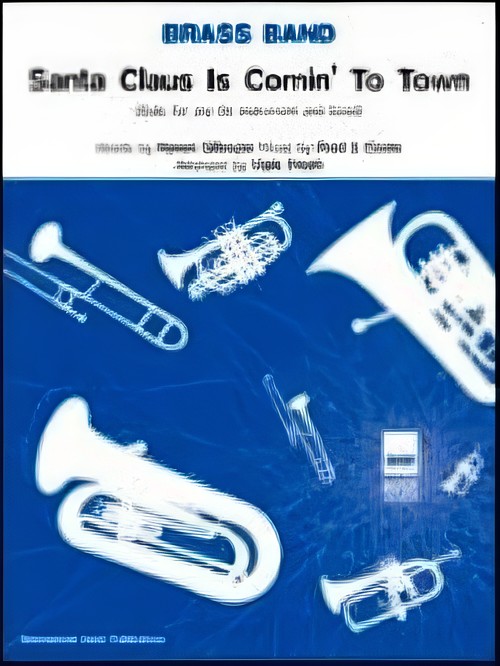 £34.99
£34.99Santa Claus is Comin' to Town (Bb Instrument Solo with Brass Band - Score and Parts) - Coots, Fred - Freeh, Mark
Santa Claus Is Comin' To Town, Mark Freeh's delightful arrangement of the this Christmas classic.Suitable for Advanced Youth/3rd Section Bands and aboveDuration: 3:00
Estimated dispatch 7-14 working days
-
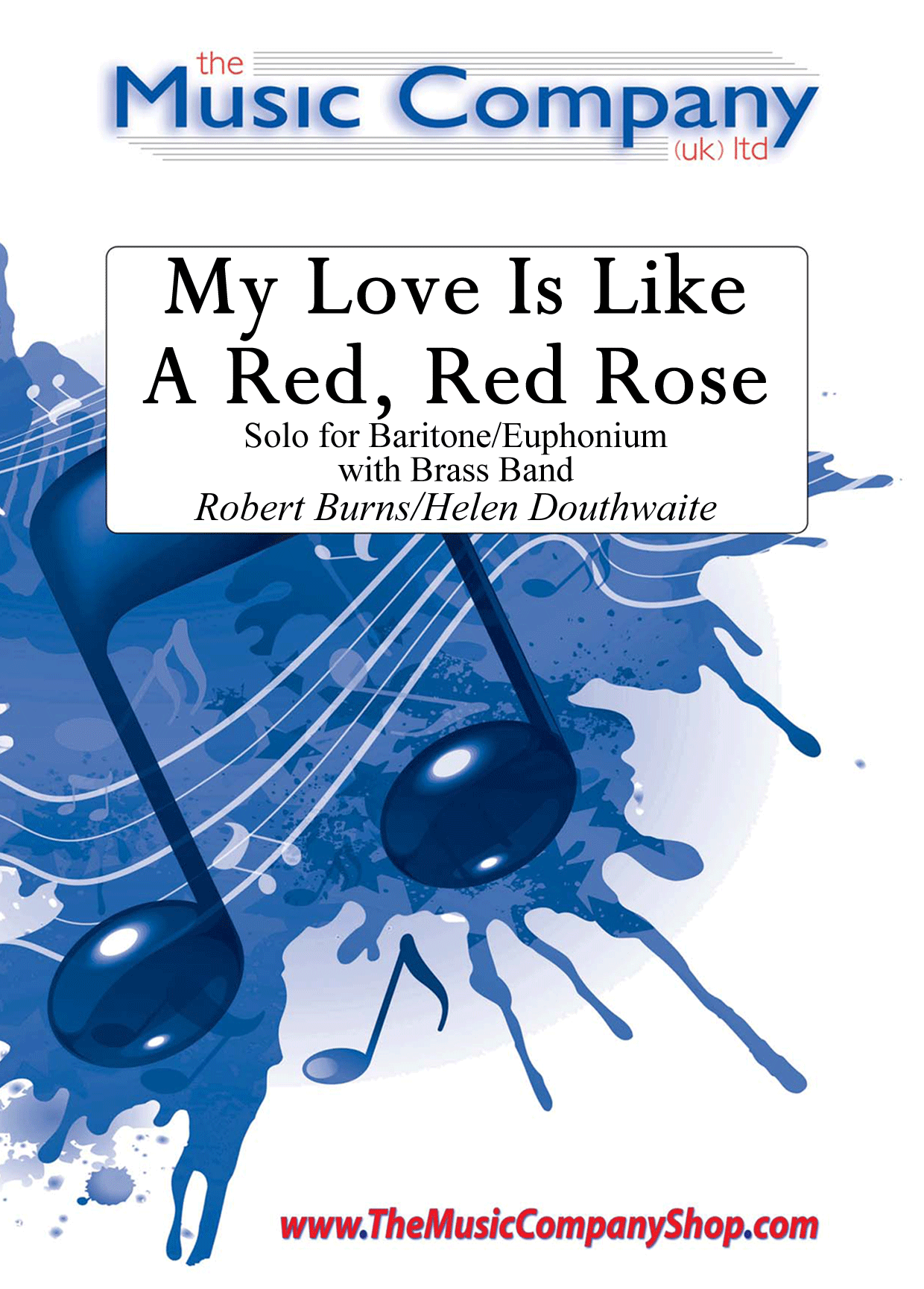 £15.00
£15.00My Love is Like a Red, Red Rose - Helen Douthwaite
Robert Burns' beautiful melody is brought to life as a euphonium solo with brass band accompaniment in this simple, yet highly effective, arrangement by Helen Douthwaite.Originally arranged by Helen for the Kirkintilloch Youth Band, the piece not only features the soloist with a carefully crafted, accessible solo line, but also enables the rest of the band to shine through the tutti elements.Set includes score and parts for:Solo CornetRepiano Cornet2nd Cornet3rd CornetFlugelhornSolo Eb Tenor Horn1st Eb Tenor Horn2nd Eb Tenor Horn1st Baritone2nd Baritone1st Trombone2nd TromboneBass TromboneEuphoniumEb BassBb Bass (optional)GlockenspielPercussionAdditional world parts also provided include F Horn 1/2/3, Baritone 1/2 in bass clef, Trombone 1/2 in bass clef, Euphonium in bass clef, Tuba.
In Stock: Estimated dispatch 3-5 working days
-
£33.00
How Far is it to Bethlehem? - Hayes, J
This arrangement of the traditional Christmas carol How Far Is It to Bethlehem? presents the beloved melody with rich, expressive harmonies and warm brass textures making it a heartfelt and resonant Christmas performance.
In Stock: Estimated dispatch 1-3 working days
-
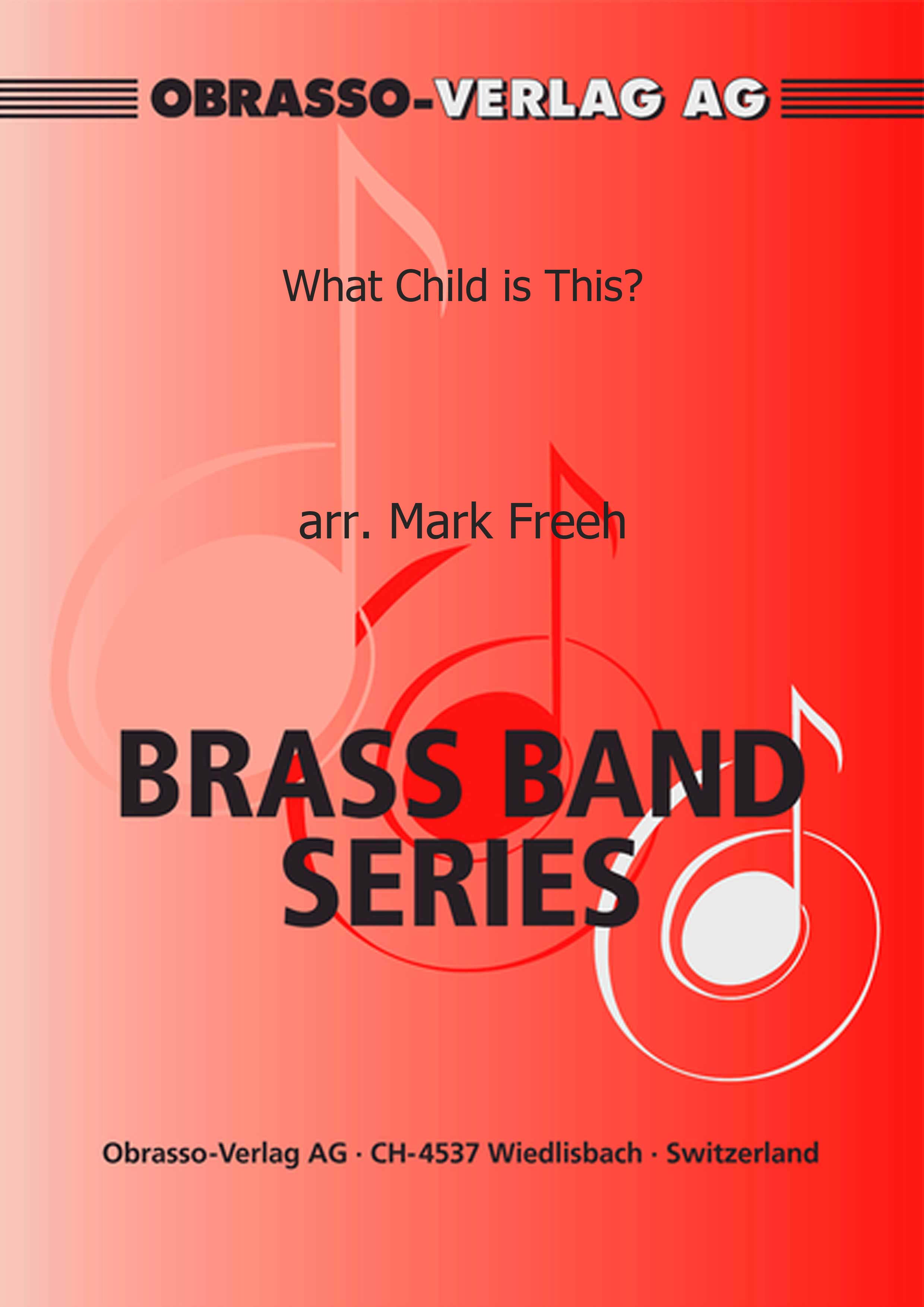 £54.20
£54.20What Child is This? (Brass Band - Score and Parts)
This Christmas work has been given the Mark Freeh jazzy treatment. A fresh take on the traditional work.
Estimated dispatch 7-14 working days
-
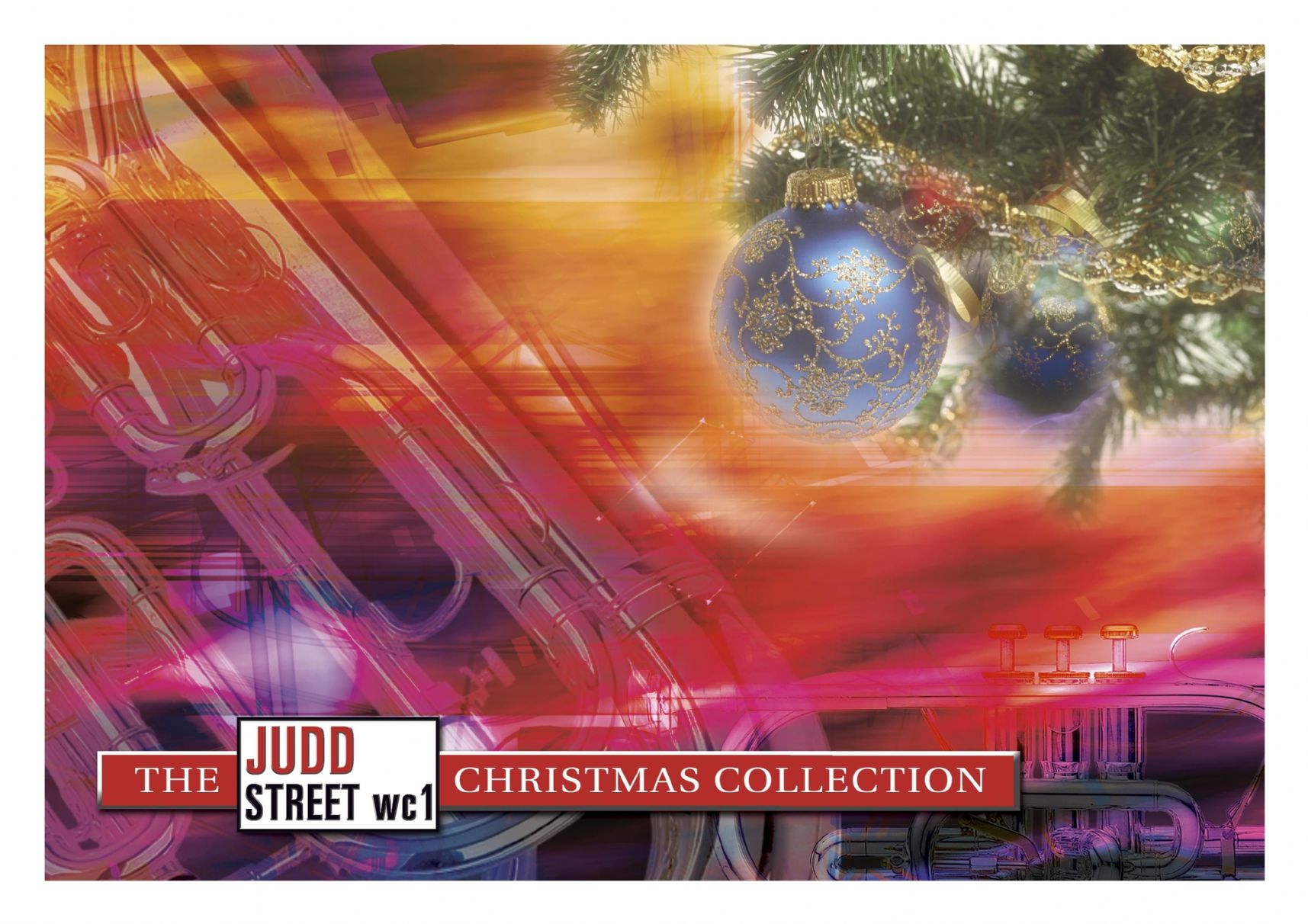 £34.95
£34.95Judd: Il Est Ne (He is Born)
This French traditional carol has great charm and grace. This arrangement calls for rhythmic vitality, delicacy and sure-footedness.
Estimated dispatch 7-14 working days
-
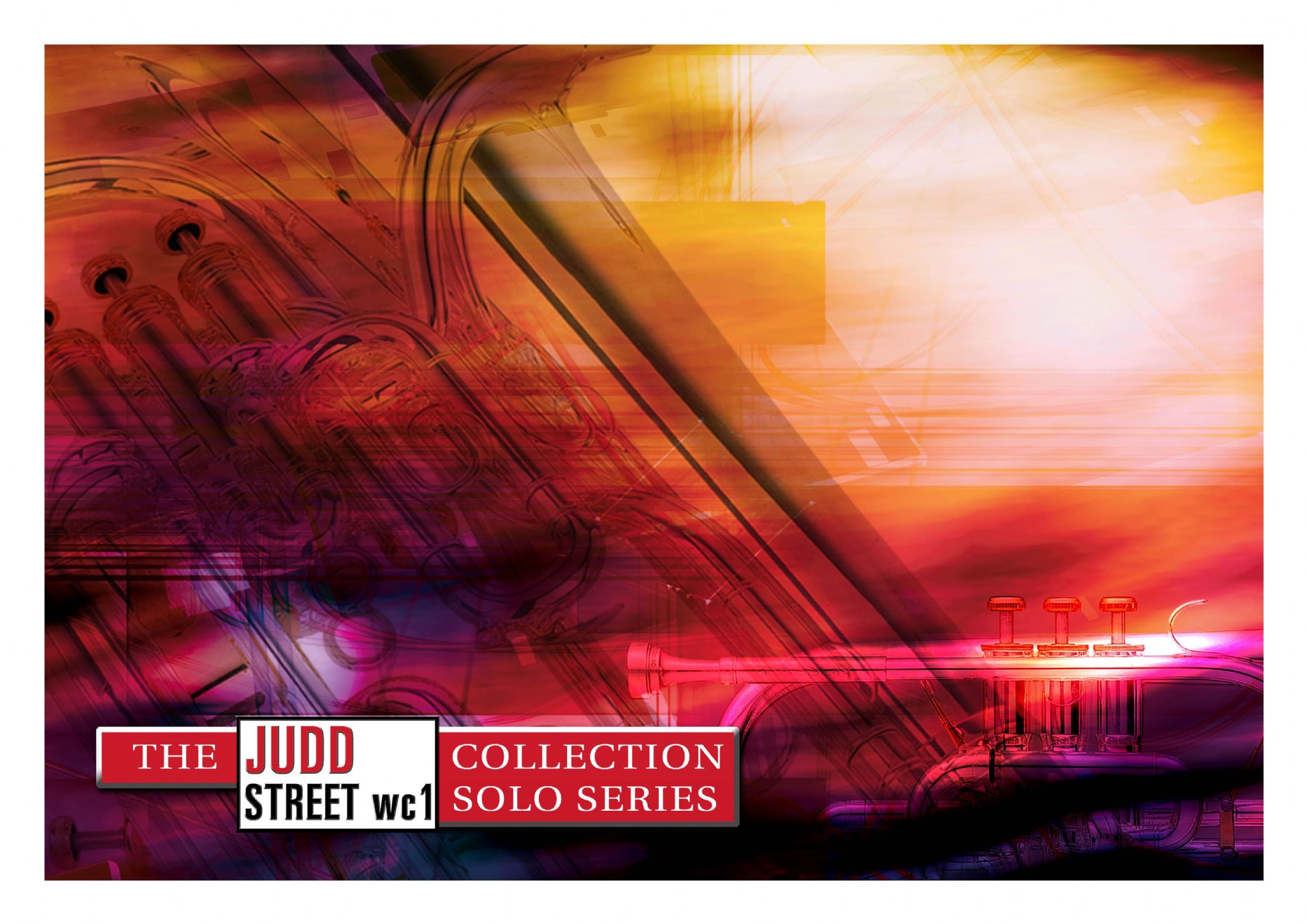 £24.95
£24.95Judd: Now is the Hour
This romantic Maori song of farewell was arranged as a cornet solo for David Daws. Within The Salvation Army, the words 'Search me, O God, and know my heart today' are now associated with this beautiful tune.
Estimated dispatch 7-14 working days
-
Life Is For Loving - Roberto Danova - Steve Yorke
Arranged as a cornet solo, the man behind 'Angel In Blue' returns with this beautiful tear Jerker.
-
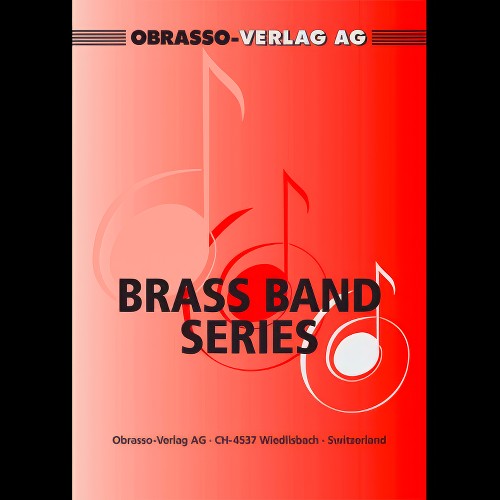 £59.70
£59.70The Lady is a Tramp (Horn Section Feature with Brass Band - Score and Parts) - Hart & Rodgers - Smith, Sandy
Feature your horns with this Rogers and Hart classic.
Estimated dispatch 7-14 working days
